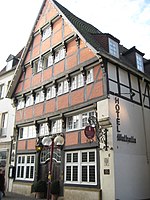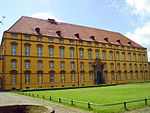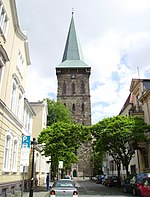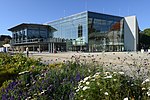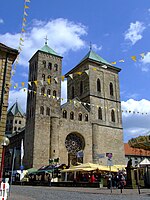Lagerhalle
Arts centres in GermanyBuildings and structures in OsnabrückTourist attractions in Osnabrück
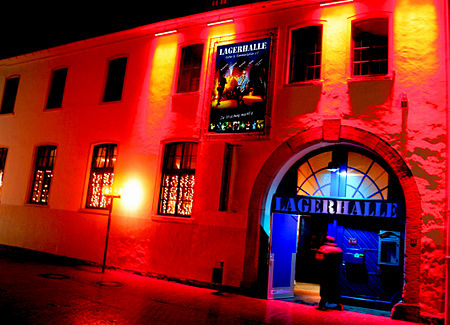
The Lagerhalle in Osnabrück is one of the many communal cultural centres founded in Germany during the 1970s. It was established in 1976 in the building formerly belonging to the ironware company Richter, in close proximity to the Felix-Nussbaum-Haus museum and Waterloo-Tor memorial in Osnabrück's historic town centre. It is run as a socio-cultural centre by a non-profit association on behalf of the city council, and is financed by revenues made from its in-house gastronomy along with public subsidies. Its management states that around 500 events take place in the rooms of the Lagerhalle each year. It also hosts Osnabrück's Cabaret and Morgenland festivals.
Excerpt from the Wikipedia article Lagerhalle (License: CC BY-SA 3.0, Authors, Images).Lagerhalle
Rolandsmauer, Osnabrück Innenstadt
Geographical coordinates (GPS) Address Website External links Nearby Places Show on map
Geographical coordinates (GPS)
| Latitude | Longitude |
|---|---|
| N 52.2762 ° | E 8.0394 ° |
Address
Lagerhalle Osnabrück
Rolandsmauer 26
49074 Osnabrück, Innenstadt
Lower Saxony, Germany
Open on Google Maps



